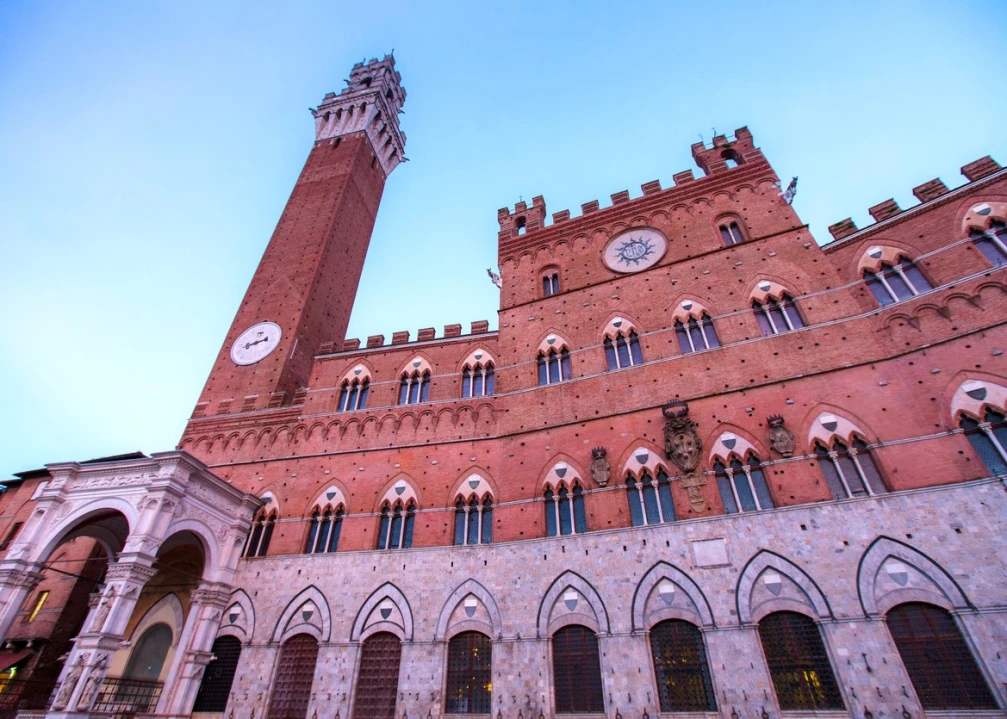The thirteenth and fourteenth centuries saw Tuscany rise on textile manufacturing and trading along with the bankers of this region developing bookkeeping theories and practices that form the basis of modern banking. Siena, then the Republic of Siena, was one of the most-wealthy, self-governing city-states found in what is today a unified Italy.
Sienese merchants traded with foreign countries and the city’s location on the main pilgrimage route, the Via Francigene, to Rome brought pilgrims and wealth from all over Europe through the city – making it as prosperous and cosmopolitan as its neighboring rival, Florence. For reference this was the time of Dante and his Divine Comedy, begun in 1302 and completed in 1320. This was also an age of great conflict between city-states (i.e. Florence versus Siena) along with the horrors of Black Plague that took half of Tuscany’s population as it rampaged through Europe between 1348 and 1393.



